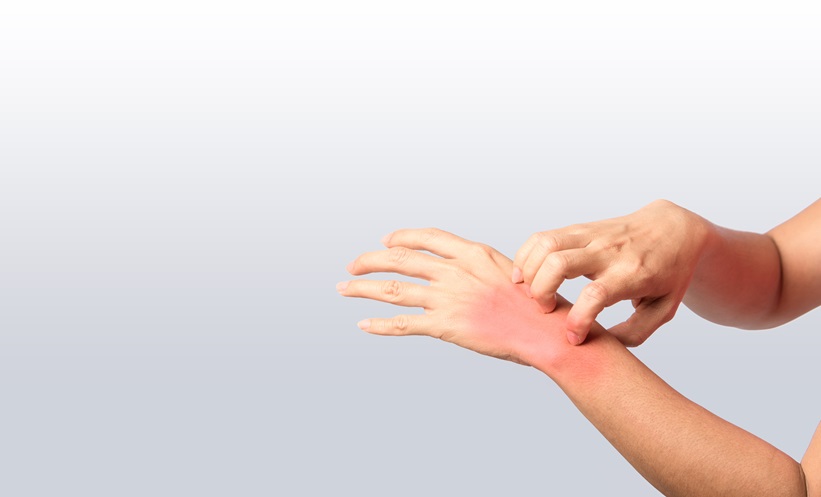COMFORT gloves, made from semipermeable materials could aid condition management for patients with hand dermatoses according to a recent study led by Theres Heichel, Osnabrück University, Germany.
Hand eczema, a condition affecting 9.1% of the general population annually, often results from occupational exposure to irritants and allergens. Traditional protective measures include wearing watertight gloves; however, these gloves can exacerbate skin conditions due to the occlusion effects they cause. Textile glove liners, such as cotton, are used to mitigate these effects, but their efficiency compared to newer, semipermeable, materials remains largely underexplored.
The controlled, multicentre study, conducted from January 2020 to September 2022, examined the tolerability and effectiveness of cotton (COT) gloves versus semipermeable gloves used underneath cotton (SP/COT) gloves in patients with hand dermatoses. The research aimed to evaluate how well these gloves manage symptoms of hand eczema and other similar conditions over six weeks.
Patients with diagnosed hand dermatoses were recruited at the start of a 3-week inpatient phase of a tertiary individual prevention programme (TIP). The cohort comprised 282 patients who were divided into two groups, one of 136 patients wearing COT gloves, and another of 146 patients wearing S/COT gloves. The trial was conducted for 19 consecutive nights with both an inpatient and outpatient phase. A group of 70 TIP patients not wearing comfort gloves, was also included for comparison.
The results showed that both intervention groups showed improvements in their skin conditions over time, with no significant differences in Osnabrueck Hand Eczema Severity Index scores. Additionally, both self-assessed severity of hand dermatoses and the quality-of-life scores in both intervention groups improved significantly.
Results indicated that both types of gloves were well tolerated and accepted by patients. Improvements in hand skin conditions were observed across all groups, with no substantial differences between COT and SP/COT gloves in terms of effectiveness suggesting that both SP/COT and COT gloves are viable options for managing hand dermatoses, with the choice depending on individual patient needs and preferences.
This research contributes valuable insights into the practical application of comfort gloves in therapeutic settings and highlights the potential for personalised protective measures in managing chronic skin conditions.
Katie Wright, EMJ
Reference
Heichel T et al. Evaluation of comfort gloves made of semipermeable and textile materials in patients with hand dermatoses: results of a controlled multicenter intervention study (ProTection II). Contact Dermatitis. 2024;DOI:10.1111/cod.14649.








